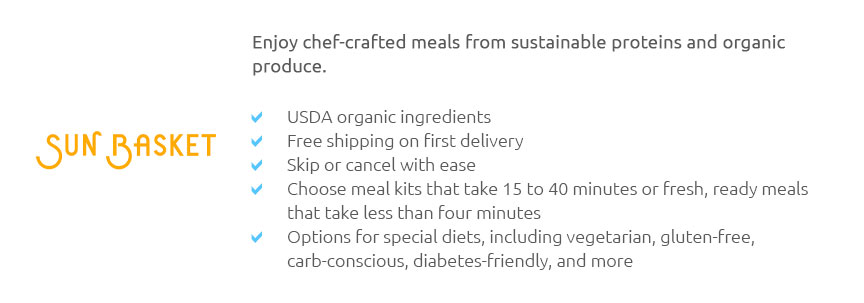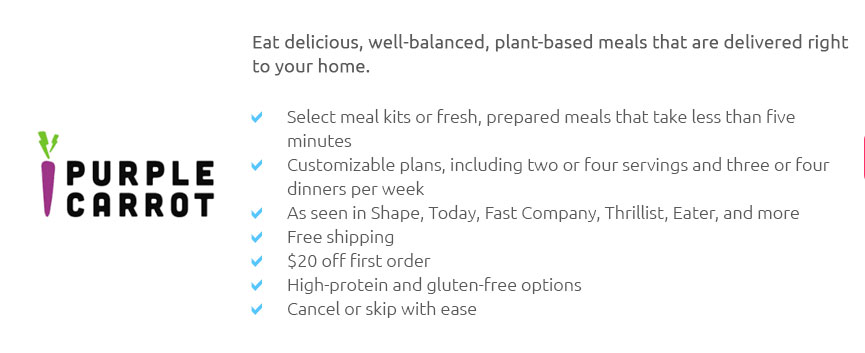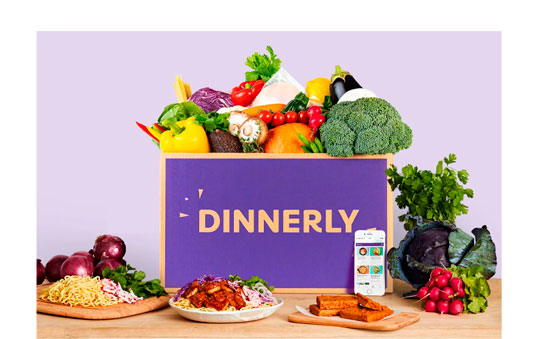 |
 |
 |
|---|
 |
|---|
 |
||||||
|---|---|---|---|---|---|---|
|
||||||
 |
 |
|||||
 |
 |
|||||
 |
 |
|||||
 |
 |
|||||
 |
 |
|||||
 |
 |
|---|
The Evolution and Impact of Ready-to-Eat Delivery ServicesIn today's fast-paced world, where time is often considered the most valuable currency, the rise of ready-to-eat delivery services has been nothing short of revolutionary. These services have not only transformed the way we consume meals but have also subtly influenced our lifestyle choices, offering a convenience that aligns perfectly with modern living. As we delve deeper into this phenomenon, it becomes apparent that these services are more than just a fleeting trend; they represent a significant shift in consumer behavior and culinary culture. At the heart of this evolution is the undeniable convenience that ready-to-eat delivery services bring to the table. For the busy professional, the single parent, or the student juggling multiple responsibilities, the ability to have a hot, nutritious meal delivered to their doorstep within minutes is a game-changer. No longer is it necessary to spend hours planning, shopping, and cooking; instead, one can enjoy a wide variety of meals with just a few taps on a smartphone. This shift has not only saved countless hours but has also contributed to a reduction in food waste, as meals are often portioned precisely to eliminate leftovers. Moreover, the diversity of options available is staggering. With the rise of these services, consumers are no longer limited to the culinary offerings of their immediate locality. Instead, they can explore an expansive world of cuisines, from exotic Thai dishes to comforting Italian classics, all from the comfort of their home. This culinary diversity is not merely a luxury; it is an educational experience, broadening palates and introducing individuals to new flavors and cultural traditions. Another significant aspect of ready-to-eat delivery services is their role in supporting local businesses and entrepreneurs. By partnering with a variety of restaurants, from established chains to small family-run eateries, these platforms have created opportunities for growth and exposure that might otherwise be unattainable. This symbiotic relationship allows businesses to reach a broader audience while offering consumers a wider array of dining options. However, as with any transformative trend, there are challenges and critiques. Concerns about the environmental impact of increased packaging waste and the carbon footprint of delivery vehicles are valid and warrant consideration. Yet, many companies within the industry are actively seeking sustainable solutions, such as eco-friendly packaging and carbon-neutral delivery methods, to mitigate these effects.
In conclusion, the impact of ready-to-eat delivery services extends far beyond mere convenience. They have reshaped the culinary landscape, provided economic benefits, and introduced a new level of accessibility to global cuisines. As technology continues to advance and consumer preferences evolve, it is likely that these services will continue to adapt, offering even more innovative solutions to the ever-changing demands of modern life. https://www.everytable.com/?srsltid=AfmBOoqsfBvfH6xbQwq813txE9pExoMJrXFEgEr7ZNcA_zn58vr6BHLD
Order fresh, prepared meals from Everytable for delivery or pickup. Enjoy healthy, ready-to-eat meals. Click to order now! https://www.bonappetit.com/story/cookunity-meal-delivery-honest-review?srsltid=AfmBOoo2AuuIne_975G-ed4qrrm6fFlWnE49nLt44wqDnFF3dDufDCU-
If you usually only feed one or two people, and you like the idea of having ready-to-eat meals on hand for when you don't have the time or ... https://sunbasket.com/?srsltid=AfmBOor-lR05zGaPYk2BNjYTT9jjPQY_FO23sZjgDivlbgZUJFjSwkmq
How It Works - Choose your meals and extras - We deliver fresh each week - Meals ready in minutes - Skip or cancel anytime.
|
|---|


